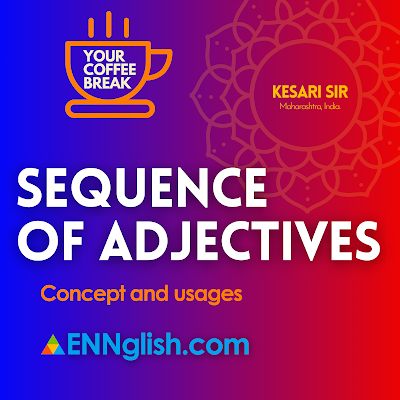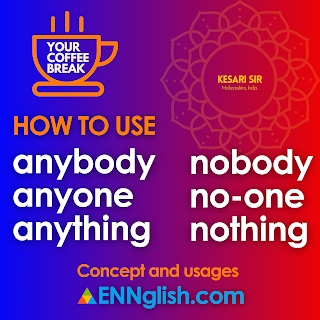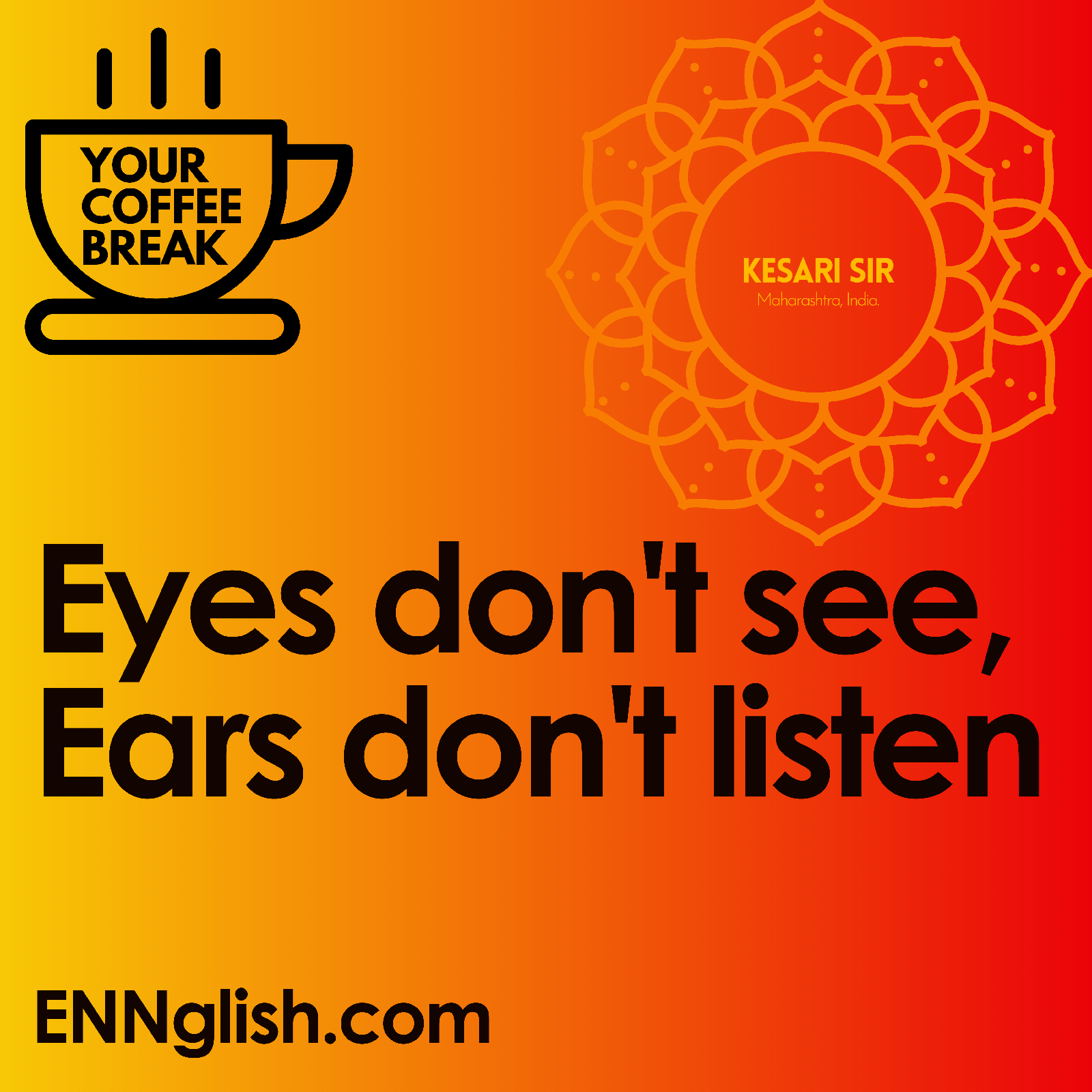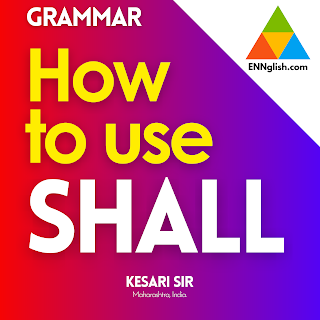When 'Can Not' Is the Right Choice

'Cannot' vs. 'Can Not': Deciphering the Difference - In the world of words, 'cannot' and 'can not' may seem like interchangeable terms, but a closer look reveals nuances in their usage. - we'll explore the distinction between these two expressions and when to use them correctly. Understanding 'Cannot' and 'Can Not': - Both 'cannot' and 'can not' convey the same meaning: the negation of the verb 'can,' indicating an inability or prohibition. - 'Cannot' is the more commonly used form and is recommended, especially in formal writing. - 'Can't' is a contraction of 'cannot' and is often considered informal. The Prevalence of 'Cannot': - The closed form 'cannot' has been in use since the 15th century. - Unlike some other negations, like 'do not' or 'is not,' English speakers preferred to combine 'can' and 'not' into a







